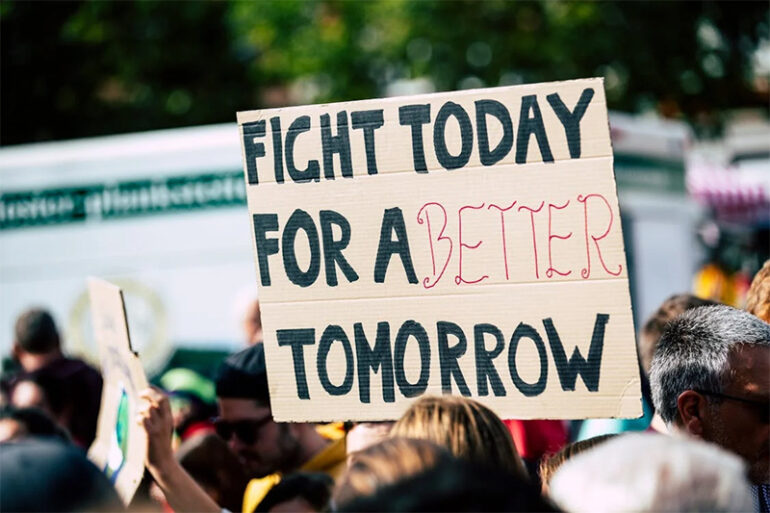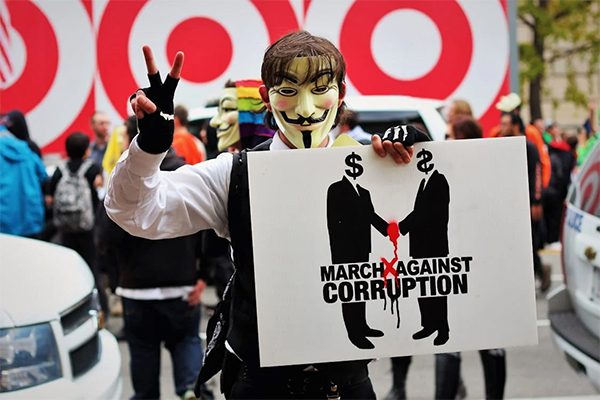In social movements, imagery has always been a fundamental means of expression for opposition and gathering support. Art becomes a universal language that cuts across boundaries and appeals to many audiences by reducing difficult concepts into aesthetically pleasing forms. Visual depictions—through arresting images, expressive street art, or moving posters—capture the core of challenges and aspirations, so turning personal events into group stories. In addition to elevating underprivileged voices, this dynamic interaction between art and activism builds community and motivates people to participate in the continuous struggle for equality and justice.
The Power of Imagery
Long a vital component of political movements, visual images have been a tool for communication and a driver of change. Strong emotions can be aroused by striking images, therefore inspiring support and unity among many different groups. Powerful posters, iconic images, and striking street art may all capture difficult ideas and provide accessibility and relatability. Many times, these images cross language borders to provide a more general influence. Using the emotional weight of images, activists can question accepted narratives and motivate action, therefore proving the great impact art can have in the quest of social change and justice.
Historical Perspectives on Visual Resistance
Visual opposition has been very important historically in forming social movements and changing public opinion. Artists have used their work to remark on social injustices and motivate group action from the arresting political cartoons of the 18th century to the potent murals of the civil rights period. Famous imagery like the raised fist signifying solidarity have evolved into enduring symbols of opposition. These graphic stories not only record hardships but also act as focal points, therefore strengthening activists’ sense of identity and goal. Visual opposition has evolved in line with shifting power relations and the ongoing pursuit of justice and equality.
Contemporary Examples of Visual Protest
Recent movements have shown the force of visual protest by means of creative and potent images. For the Women’s March, for example, there was a sea of handcrafted signs expressing personal sentiments and group calls for equality. To draw attention to systematic racism and police violence, the Black Lives Matter movement has also used arresting images like murals and social media graphics. Artists have worked with activists to produce striking installations challenging onlookers and starting conversation. These modern examples highlight the importance of art in the continuous fight for social justice since they show how visual elements could inspire groups, raise voices, and question repressive governments.
The Impact of Art in Political Movements
In political movements, art is a great weapon since it shapes public opinion and influences debate. It can start discussions, question accepted wisdom, and humanise difficult subjects so they might be more accessible. By means of visual narrative, artists grasp the core of hardships, therefore inspiring empathy and understanding among several audiences. Often transcending conventional political discourse, art’s emotional impact lets one establish closer relationships and promotes community involvement. Moreover, the capacity of art to spread widely—especially through social media—amplifies its reach, so assuring that messages of resistance and calls for change resound well outside the immediate setting of rallies and demonstrations.
The ongoing relevance of images in political movements emphasises their capacity as a transforming agent able to unite people and start group action across divisions. The visual language of opposition changes as artists keep innovating and working with activists to reflect the complexity of modern challenges. This dynamic interaction between art and activism not only enhances the story of social justice but also supports the belief that visual expression can be a strong driver for change, therefore motivating next generations to participate in the continuous struggle for equality and human rights.
Photo Attribution:
1st & featured image by https://www.pexels.com/photo/climate-sign-outside-blur-2990644/
2nd image by https://www.pexels.com/photo/photo-of-person-wearing-guy-fawkes-mask-2698473/

